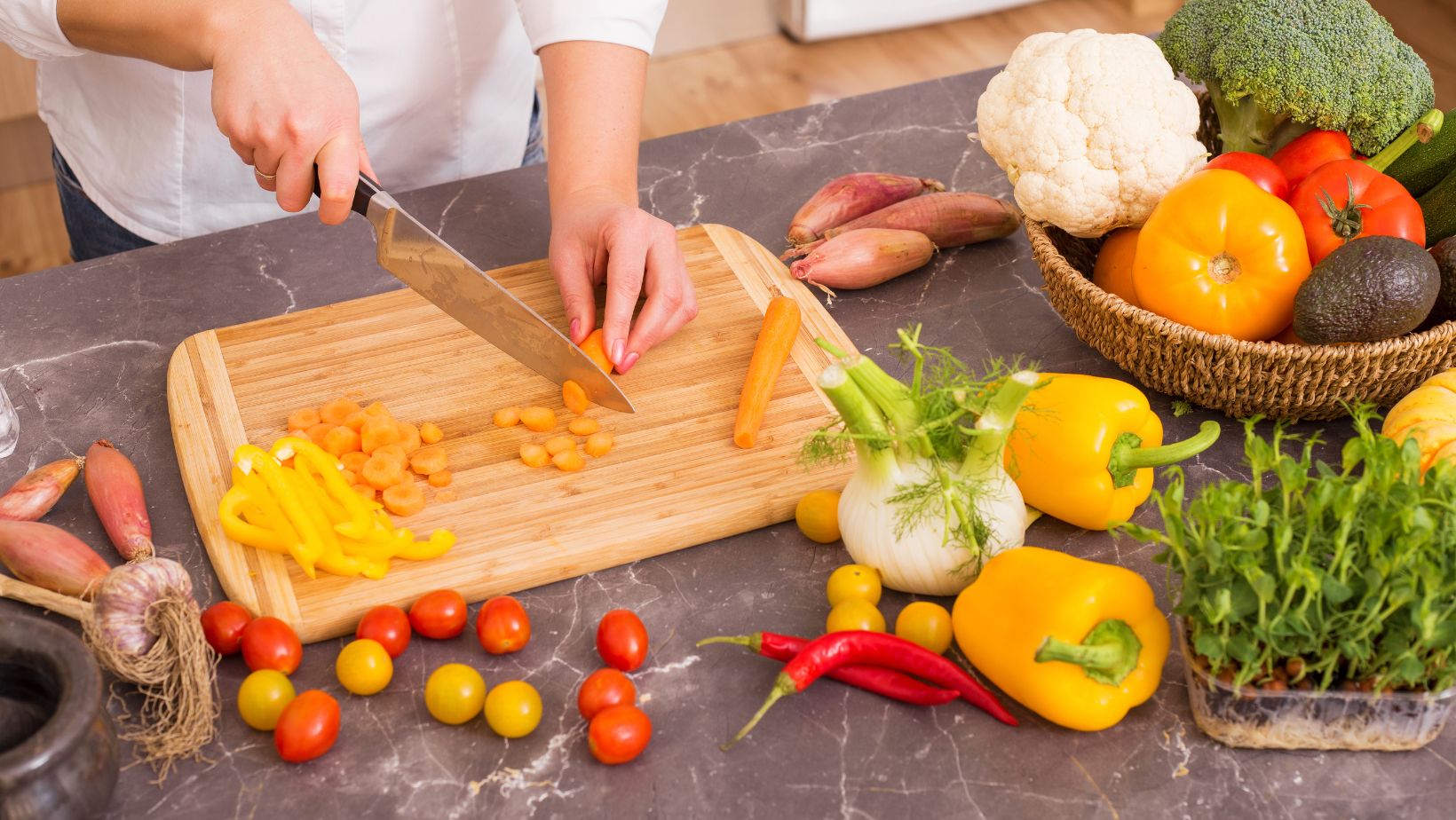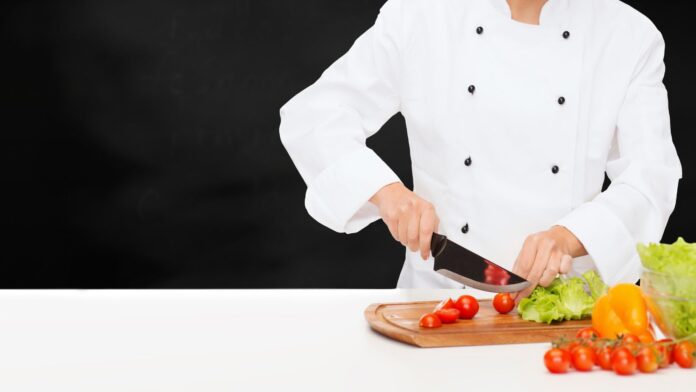As an expert blogger with years of experience, I’ve come across various topics related to food safety. Today, I want to shed light on the risks associated with food handlers cutting raw vegetables. It’s a common practice in many food establishments, but there are hidden dangers that we need to be aware of. In this article, I’ll delve into the potential hazards and offer insights on how to mitigate them effectively.
When it comes to food preparation, proper handling of raw vegetables is crucial. However, not all food handlers are aware of the potential risks involved. Cutting raw vegetables can introduce harmful bacteria, such as E. coli and Salmonella, onto the produce. These pathogens can cause foodborne illnesses, leading to serious health consequences for consumers. In the following paragraphs, I’ll explore the specific risks associated with this practice and provide guidance on how to minimize them.
As an advocate for food safety, I feel it’s important to address the risks that food handlers face when cutting raw vegetables. While it may seem like a simple task, improper handling can have severe consequences. In this article, I’ll discuss the potential contamination sources, including cross-contamination from other foods and improper sanitation practices. By understanding these risks, food handlers can take the necessary precautions to ensure the safety of their customers. Stay tuned for valuable insights and practical tips to mitigate these dangers effectively.
Do Food Handlers Cutting Raw Vegetables Need to Change Their Gloves Before Removing Garbage
Food safety is a top priority in any food handling environment, and when it comes to cutting raw vegetables, it becomes even more crucial. As a food handler, I understand the risks associated with improper handling and the potential consequences it can have on the health and well-being of our customers. That’s why I emphasize the importance of food safety practices in every aspect of our operations.
One of the main reasons why food safety is so critical when cutting raw vegetables is the risk of cross-contamination. When we handle multiple types of produce without proper sanitation, we run the risk of transferring harmful bacteria from one item to another. This can lead to foodborne illnesses and outbreaks, which can be detrimental to our business and reputation. By following strict protocols and maintaining a clean and sanitary work environment, we can minimize the risk of cross-contamination and ensure the safety of our customers.

Risks of Cutting Raw Vegetables
When it comes to handling raw vegetables, there are several risks that food handlers need to be aware of. Proper food safety practices are of utmost importance to prevent cross-contamination and the spread of foodborne illnesses. In this section, I will discuss some of the key risks associated with cutting raw vegetables and why it is crucial to prioritize food safety in this process.
1. Cross-Contamination: One of the primary risks when cutting raw vegetables is cross-contamination. This occurs when bacteria from one food item are transferred to another, potentially leading to the spread of harmful pathogens. To minimize this risk, it is essential to use separate cutting boards and utensils for different types of vegetables. This prevents the transfer of bacteria between different products and helps maintain the integrity of each item.
2. Improper Sanitation: Another risk involves improper sanitation practices. If cutting tools and surfaces are not adequately cleaned and sanitized, they can become breeding grounds for bacteria. Regularly washing and sanitizing cutting boards, knives, and other utensils is essential to prevent the growth and spread of pathogens. This includes using hot, soapy water and sanitizing solutions to eliminate any potential contaminants.
3. Foodborne Illnesses: Cutting raw vegetables without following proper food safety protocols can result in foodborne illnesses. Bacteria such as Salmonella, E. coli, and Listeria can contaminate vegetables and cause severe illness in consumers. Symptoms may include nausea, vomiting, diarrhea, and even more serious complications. By implementing strict food safety measures, food handlers can significantly reduce the risk of these infections and ensure the safety of their customers.
Conclusion
Prioritizing food safety when cutting raw vegetables is essential to prevent cross-contamination and ensure the overall well-being of customers. By using separate cutting boards and utensils for different types of foods, practicing proper storage and handling techniques, and regularly cleaning and sanitizing cutting tools and surfaces, food handlers can significantly reduce the risk of foodborne illnesses. Additionally, staying informed about food safety regulations is crucial to stay up-to-date with best practices.
Proper sanitation of cutting tools plays a critical role in preventing the growth and spread of harmful bacteria. Cleaning cutting tools thoroughly, sanitizing them using appropriate methods and frequencies, and storing them in a clean and dry area are key points to consider. By following these guidelines, food handlers can minimize the risk of cross-contamination and ensure the safety of their customers.


